The Social World of Alcoholics Anonymous

Reviewed by Nigel S.
I would like to begin by stating the obvious. I have no credentials to shake at the content on this book, only an admission that I am an alcoholic with short term involvement in AA.
That I have had anything at all to do with AA is a bit of a mystery to me. It being, of course, an organization of old male drunks hanging around in church basements! The idea that being with a group of old men in a church building could have even the slightest potential to be of assistance to me in trying to solve my alcohol problem was downright ridiculous. (I was a 58-year-old atheist, so obviously not an old man wanting to hang around in a church!)
I first tried AA (a try anything / touch of desperation approach, I suppose) only to find a bunch of pious idiots telling me how to get sober. I hated every minute of it. I didn’t understand what was going on and felt completely excluded from people around me, who did.
So much so that I often found the meetings were so stressful that I would pick up a drink literally as soon as I was out of the door. There was a formality of being told how to get sober with some divine intervention that made me so antagonistic that I eventually gave up going.
Then my drinking got very bad and I ended up in Rehab.
The centre that I ended up in had different elements to its program but tried to palm off a very strong religious strand of its recovery therapy by insisting that it was actually spiritual and not religious at all. Bollocks, as they would say back in England.
They did do something very valuable, however.
They pointed me in the direction of an AA group that didn’t preach in meetings, had no instructions of how to get sober (apart from don’t drink), wasn’t all old men and didn’t meet in a church basement!
And WOW! I sort of fit in with the bunch of other misfits, who seemed to share my views (or vice versa?) So much so that I even started going to similar meetings with them IN church basements.
These meetings and their fellowship and friendships have, I believe, been critical in my recovery and my on-going sobriety. This is particularly weird as I am definitely not, nor ever have been, a willing joiner of groups of any kind.
I have been extremely interested in understanding how addiction to alcohol comes about and finding out how recovery works, but with the proviso not to break the recovery process that I am under by overthinking. I have read many books and articles and feel that my interpretation of the clinical facts has made me more at ease with my addiction.
That being said, I have not been too much involved with The Big Book and all its paraphernalia of Step work. Yet, with this newfound fellowship, I have not had a drink for the last 29 months, beating my previous record by about 29 months.
 Understanding how this has happened to me has not been clear until I started reading Annette Smith’s book The Social World of Alcoholics Anonymous – How it Works. (Hindsfoot Foundation, 2007).
Understanding how this has happened to me has not been clear until I started reading Annette Smith’s book The Social World of Alcoholics Anonymous – How it Works. (Hindsfoot Foundation, 2007).
The description on the back cover seemed initially a little daunting and academic, (the book being derived from Dr. Smith’s Sociology PhD thesis on the subject). However, all became clear, with its easy to follow, logical layout that was helped in no small way by a good introduction by Linda Farris Kurtz.
The data for the book was obtained by analyzing observations and interviews with 51 members of different AA groups. There were 28 males and 23 females, in the interview group, aged between 19 and 70, and having lengths of sobriety between 2 and 20 years. It was from these interviews that Dr. Smith mined significant patterns from the data. Quotations from members are used to demonstrate these patterns.
Annette Smith has a wealth of experience with the AA organization in her role as a clinical social worker. She states, “While I am a friend and supporter of AA, I recognize that it may not be the way to recovery for all alcoholics, and certainly it is not the only way as AA itself recognizes.”
Maybe some of the people I have come across in AA should take note.
The social world in the book’s title does not refer to the gathering of alcoholics before and after meetings as I first thought, but rather, a classification of a type of structure of social relations within an organization.
It is of importance to the premise of this book to define the types of organizational social structures, which can be classified in six forms:
- A formal organization such as a corporation with a bureaucratic structure and strict hierarchy of official roles;
- A territorial community such as a town where membership is based on proximity;
- An interest group such as an environmental advocacy group with members sharing a common interest;
- A voluntary group such as a parent/teacher association with formal hierarchical membership roles;
- An informal group, such as a book club, with a lack of formal structure and a shared interest as a basis for involvement; and last,
- A social world such as the world of tennis, with a broad and loosely structured, interconnected environment, a potentially large population and a common interest as its basis of involvement.
A social world has a membership that is voluntary and fluid, with people moving in and out at ease. There is an absence of a formal hierarchy and the influence of leadership is weak. Social roles are highly informal but the group has specifics that are passed onto its members.
AA has previously been considered to be a “voluntary group” but there is a hierarchy implied in this grouping that does not match with AA’s social organization. AA’s formal organization is loosely structured without a hierarchy of authority and with democratically elected officers. It also contains loosely connected infrastructures such as recovery houses and Alano clubs set up as mutual response support for its members and families.
It is the informal social environment as well as the more formal meeting environment that makes social integration into the social world of AA a key to its success.
The book shows the process by which this integration occurs as well as variations in the pathways to that integration and in the experiences of conversion.
Membership levels of increasing involvement in the social world are classified as strangers, tourists, regulars and insiders and each group has different experiences and commitment to the world. Members may move through these levels, or not, depending on their interaction with the group.
The introduction of the concept of group dependency and the need for members to belong to the collective is an important one.
In the Big Book definition of what is AA, the concepts of fellowship, the sharing of experience, strength and hope to solve the common problem, the primary purpose of staying sober as an individual and helping others do the same, are key.
A sense of community and mutual support are on offer.
The conversion process is studied in great detail in the book and the concept of religious conversion motifs is examined. The stages of conversion are based on the following milestones.
- Entering the social world of AA (not necessarily a voluntary process);
- Establishing the belief that alcoholism is a disease (accepting that alcoholics are sick rather than bad);
- Taking the role of the member in the group (going to meetings, not drinking and getting sponsorship);
- Reaching the moment of truth (redefining oneself as an alcoholic).
Finally, the book categorizes the different types of members in the world of AA and also explains how it works better for some types of people than others.
From the extensive interviews with the survey participants, Dr. Smith concludes that there seems to be two broad types of successful AA members pre-dominant in the AA Social World.
These types are referred to as Sociables and Individualists and can be described according to:
- A high or low degree of self concepts and behaviours associated with affiliative need or group dependency;
- Individual versus group focus of AA participation; and,
- Cognitive versus affective content of their conversion experience.
Those who described themselves as being “people oriented” showed a high level of group dependency and affiliative need, whereas those who described themselves as “loners” showed low levels of both group dependency and affiliative need.
The Sociables responded positively to the attention and affection of the others in the group, tended to be outgoing and friendly in meetings, and seemed to become Regulars and Insiders quickly.
Individualists, not surprisingly, remained Strangers or Tourists longer, taking time to get used to fitting into the group. They tend to be quieter in meetings, listeners and not talkers. They also don’t get involved with either the Steps or sponsorship but are often willing to get involved in the peripheral tasks as setting up and clearing up, before and after meetings.
These different types are well demonstrated by a comprehensive array of actual quotes from the participants. (I could identify as having come across many of the examples, in my short involvement with AA).
In conclusion, the concept of AA as an extended family is paramount to the success of its social world and the inclusivity of its members. The transformation of self identity and the acceptance of one’s alcoholic self lead to the sense of coherence that is crucial to this success, which is not provided by the voluntary world structure.
For myself, I found that the experiences of a deep sense of “not fitting in”, a social awkwardness and an intense inner loneliness could be relieved by alcohol.
On confronting my issue of alcohol being a problem (as in Step 1) and in finding the “right” AA group, came the realization that other people had the same experiences as I had.
More importantly, there was redemption from the cycle of drinking, guilt and shame, by honesty and sharing mutual experiences in the group environment.
This led me to have an unaccustomed sense of belonging in the “extended family” of like-minded individuals in the group.
A big thank you to Annette Smith for writing an excellent book that explains the process well and is highly self-identifiable in its content. There ARE reasons that the fellowship in AA works to keep people like me sober.
Interestingly, the book also shows why I have issues with certain AA groups that I have experienced:
- Those of which have hijacked the democracy of informal structure with rigid formality (always the same group chair, anybody?);
- Those who insist that there is only one way to get sober and that is doing it MY way (with God’s help of course); and,
- Those who deliberately, or not, promote a lack of inclusivity in the group (I call this the clique factor).
Maybe Groucho Marx was right when he so succinctly remarked that he would not be a member of any club that would have him as a member.
Maybe though, he just had to find the right club. I did.
The Social World of Alcoholics Anonymous – How it Works is available here: Amazon.
Nigel has always been a bit of a loner and never really fit into “normal” life, eventually revelling in his individualistic style. He was the classic outsider. One appraisal at work described him as “a brilliant but difficult individual”. He was also a functioning alcoholic for a long time. At the age of 56, he was “let go” and that gave him the opportunity to become a full-time alcoholic. He ended up in detox and an aftercare program but just didn’t get it. Relapse followed relapse as he tried diligently to get sober on his own, always coming back to alcohol with a vengeance. Following Rehab, Nigel credits the “huge” help of the agnostic, atheist and freethinkers AA groups in the Toronto area for his sobriety.


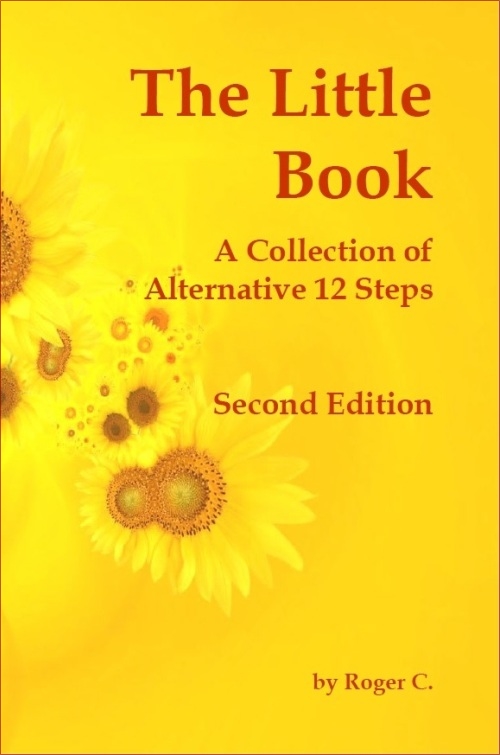

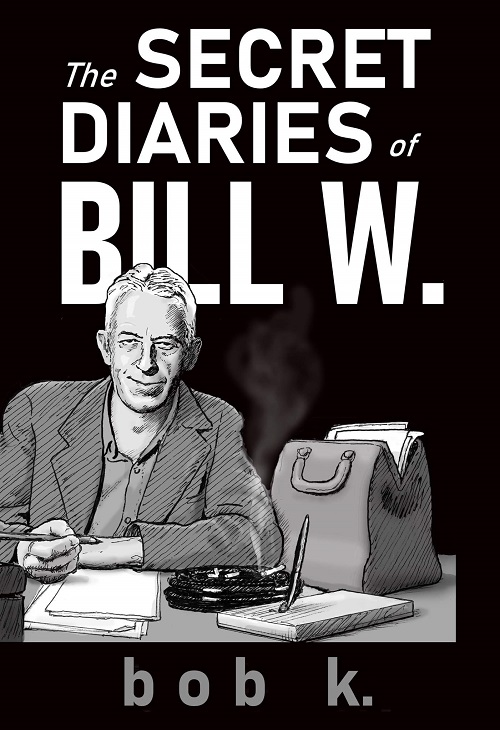




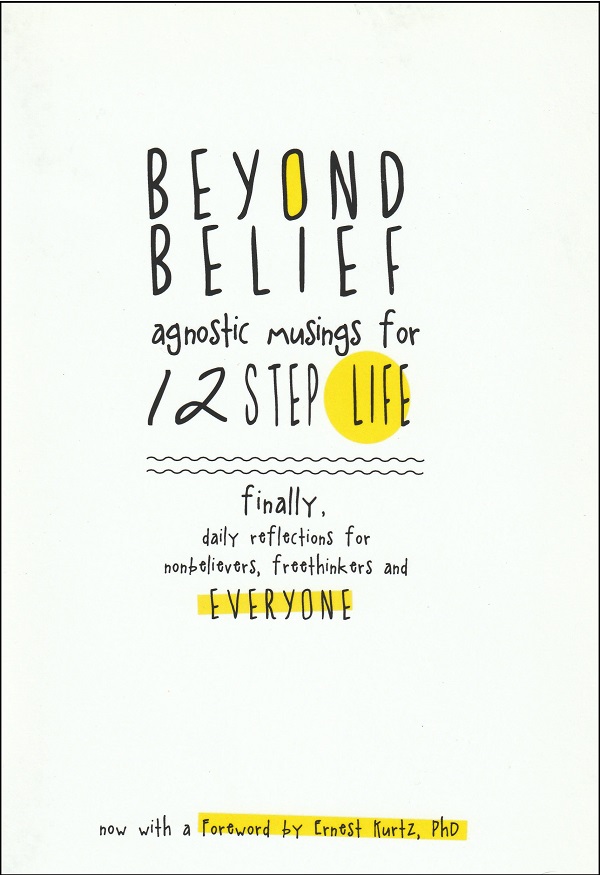

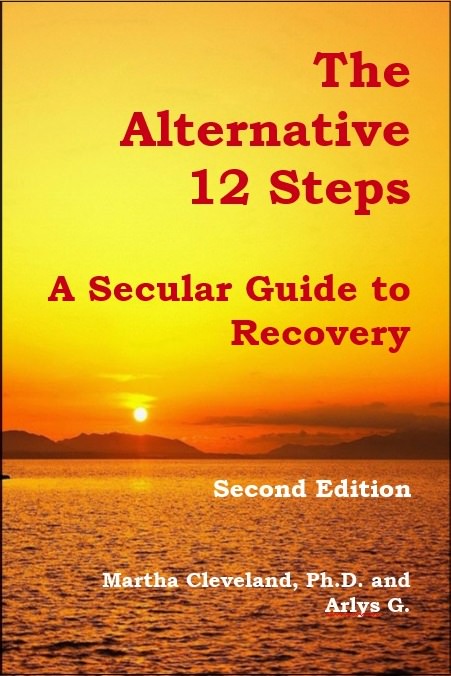
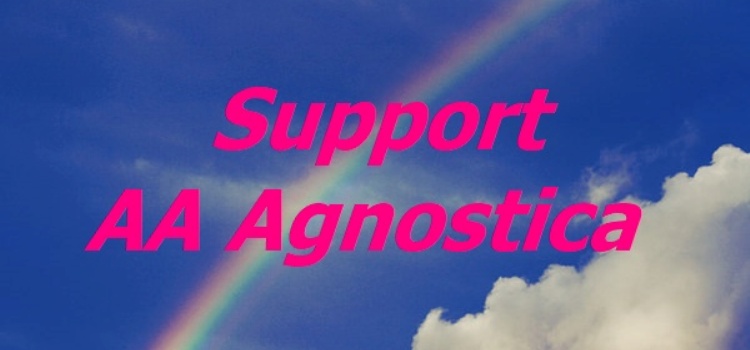



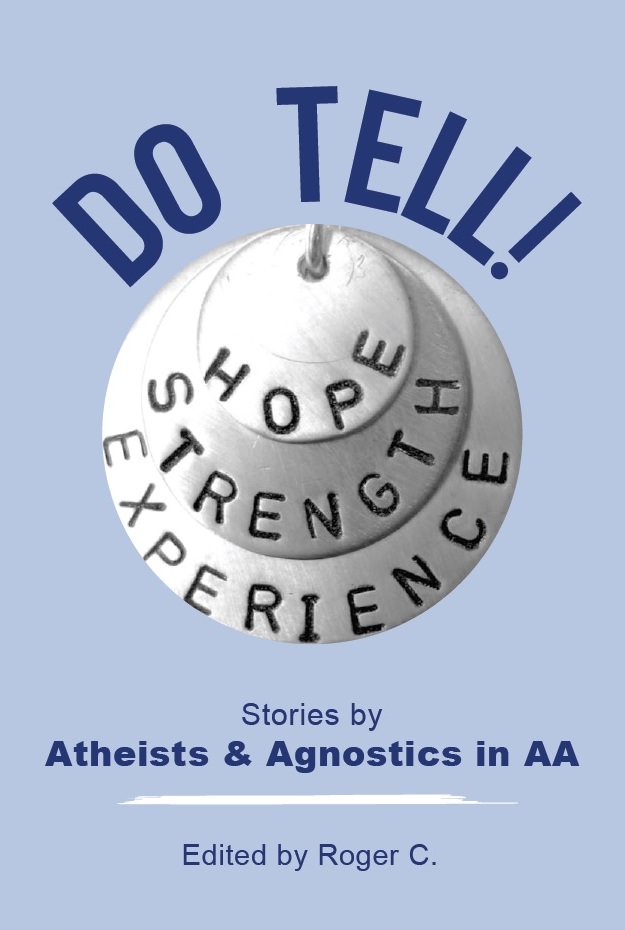








Thanks for the review Nigel! I also read this book and was surprised to find a great relief in doing so; I identified with the Individualist/Stranger type quite strongly, and had previously wondered – for a long, long, time – why I had such difficulty in valuing AA unity while hating the pressure to conform that I felt. I value the importance of contrarian views in discussion, to achieve balanced perspectives and more effective actions. I prefer to challenge groupthink, while respecting group conscience – but my natural feelings of social awkwardness were so maximized by my active addiction that it seemed impossible to thrive in AA. Not to mention being psychotic when drinking! It took a long time to overcome that, and I only really began to thrive after discovering agnostic and freethinker AA meetings. Now all types of meetings – including in church basements – are more accessible to alcoholics like me, including me!
I’m grateful to report multi-year sobriety despite all that struggle, and give thanks to all who helped me – including you Nigel, regardless of personal beliefs, aside from our common alcoholic experience of course. I like your conclusion mentioning “the concept of AA as an extended family is paramount to the success of its social world and the inclusivity of its members”. Like all families I suppose, we have the capacity to bully and exclude our siblings based on differences, or rather practice our AA code of loving tolerance by celebrating those differences, and extend the hand of support to the entire family and all its members.
Congratulations on the 29 months, Nigel, and thanks for a good review. Would you believe I just read this book in England, as I’d picked it up in the USA just before leaving? I don’t think I would have written as good a summary, so thanks again. I found it a little heavy going, but I’m not much of a scholar, and I was on holiday.
I’m sorry your first AA meetings were such a turnoff, but I’ve certainly been to meetings like that (and avoid them when possible). On the other hand, I’ll go to any kind of AA meeting when out of town, if I can’t find a secular one. If they’re the rigid/doctrinaire ones you describe, it’s like visiting difficult relatives that I love despite their faults. The fact that they repelled you and helped keep you drinking is why we need to work to make AA more accessible to secularists, and set up our own meetings where we can.
I don’t know if you’ve been to any UK meetings, but I find them far more agreeable on average than those in the US. Of course, England is a far less pietistic culture. There is a great agnostic meeting in the Angel district of London, and I went to a basically Godfree meeting in Maldon, Essex. I think the latter was founded by Laurie A., the former editor of Share, who writes here occasionally.
Thanks again for the review!
The review was excellent both in style and understanding of the book. He captured the essence of Annette Smith’s findings beautifully. In my opinion.
Good article. Perhaps the social community is the most important factor in AA recovery – the active ingredient.
Emphasis on the “active!” Spot on, Steve.
Nigel, thanks. I too think that AA being my new tribe is the essence of what works. We need a tribe in which we can feel safe, no small feat for us by the time we’re emotionally, physically and socially broken down. So to find a place where we’re among equals, a place where we shortly get the sense that no matter how horrible or embarrassing a story we tell, they’ll all just sit there nodding, smiling, and perhaps even laughing – in the right places!
I don’t know any other place where people can laugh at such sick stuff, except maybe a louis ck show. Makes us feel at home. Aren’t we weird? Isn’t it wonderful? LOL
Thank you Nigel. I’m enjoying getting to know you slowly in person, as I have been a loner and tourist for over 5 years in AA. It wasn’t until inclusivity to self expression of any doubt presented itself in agnostic meetings as an opportunity, where I could learn to grow and experiment through the different roles of social personalities that we find in AA. I too have finally found a safe environment which embraces growth. It is only now where I can go out into mainstream and come out of the closet in order to assist the newcomer. Like anything, this will take time & good sober time at that. Joe C. talked about these behaviour personalities on his rebellion dogs radio early on in my listening. I took to it because it’s a hobby of mine to examine behaviour. So Thx again for bringing up this topic & writing beautifully about it & sharing your “difficult” self with us.
Soda from the hill above TO.
Indeed, Nigel, an excellent review that captures most effectively the essence of Annette Smith, PhD’s excellent book, which as you assert, most adroitly describes the essence of “Why AA Works” — the interactive social dynamics of AA members in group meetings and activities does much more, in my opinion, but more important, in my experience to delineate the process of recovery in AA than all the verbiage of the Big Book, especially Chapter Five, “How It Works.”
We are most gifted to have each other with whom to “share experience, strength and hope” a day at a time in our ongoing process of recovery !~!~!
Thanks Nigel and congratulations on 29 months and finding your fit. I have yet to find mine but try to stay encouraged in the bath of gawdstuff around me. I’m there for the shared ESH and I can hum internally at the BB thumpers.
My life today is beyond my wildest dreams in my 30th year of sobriety and I come here to the AAA site for the family I miss out here at meetings on the edge of the Atlantic.
Most excellent review, Nigel! Thank you!
It is now on my “to be read” list. I sense it is a great observation of the psycho/social/cultural phenomena that is human at its core; the identity formation and individuation process that is both individually and communally experienced, that I for one find amusing to maintain awareness of.
Thanks again for the teaser. You too, Roger.